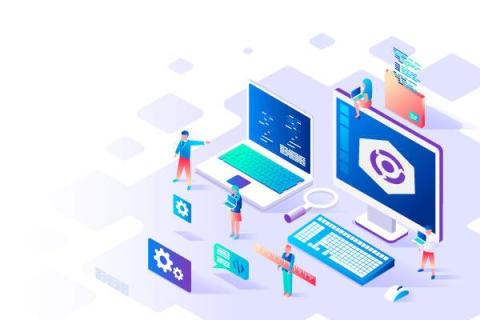Why Are Coding Standards Important for Medical Robotics Engineering?
Advances in medical robotics and healthcare technology — enabled by the Internet of Medical Things (IoMT), Machine Learning (ML), and Artificial Intelligence (AI) — mean that we are already seeing less invasive procedures, more accurate diagnoses, and more personalized treatment options for patients. But these innovations depend on software which brings increased safety and security risks.











